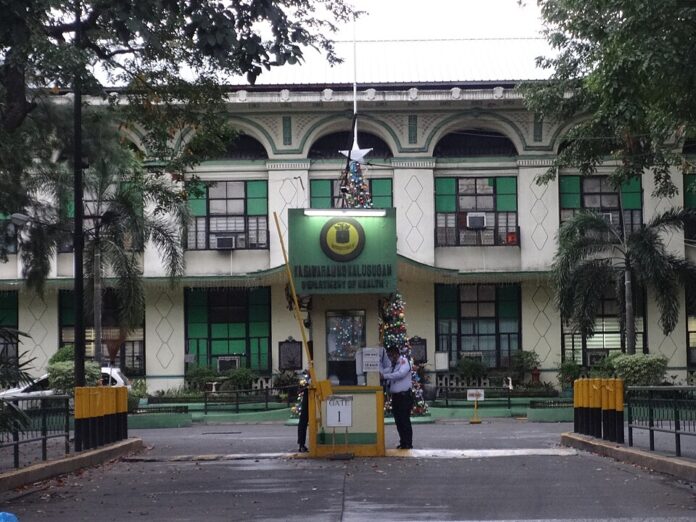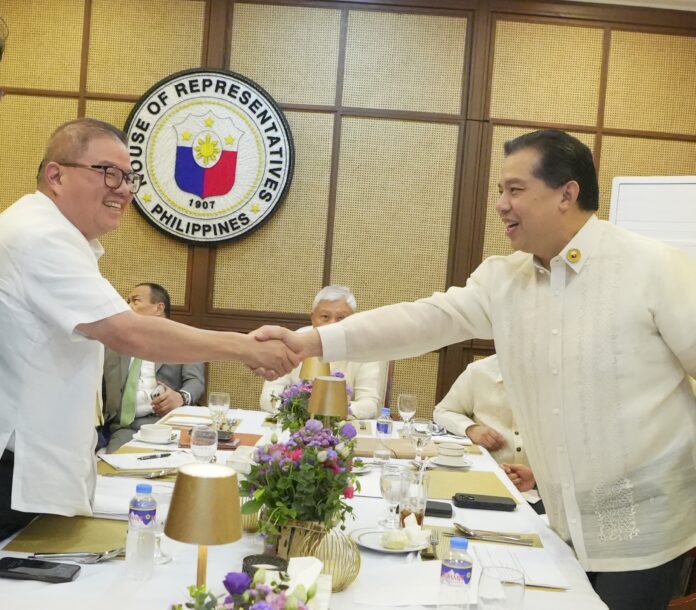Most of the 5,101 newly reported HIV cases in the Philippines from January to March 2025 involved young adults and males, with sexual contact remaining the dominant mode of transmission, prompting Health Secretary Ted Herbosa to say that their behavior is “too risky.”
Data from the Department of Health’s HIV & AIDS Surveillance of the Philippines (HASP) showed that 95 percent of the new cases, or 4,849 individuals, were male, while only 252 cases involved females.
“As of the first quarter of 2025, average monthly cases reached 1,700. This is 50% higher than the same period last year (1,136),” the HASP warned.
Ages ranged from 1 to 81 years old, but the median age was 27, emphasizing the virus’ prevalence among younger populations.
Individuals aged 25 to 34 made up the largest portion at 47%, or 2,380 cases.
Those aged 15 to 24 followed closely, comprising 33% or 1,686 cases.
There were 886 individuals aged 35 to 49, 115 aged 50 and above, and 30 children under 15.
In terms of gender identity, 68% of new cases identified as cisgender, while 3% were transgender women.
Less than 1% each identified as transgender men or as neither man nor woman, and 1% fell under other identities.
Transmission through sexual contact accounted for 96% of the 148,831 cumulative HIV cases reported since 1984.
This included 89,198 transmissions through male-male sex, 33,823 through male-male/female sex, and 20,251 through male-female sex.
Mother-to-child transmission, while still uncommon, showed a significant rise, with half of the total 401 cases reported since 2020.
Of the new cases, 64% were confirmed through Certified Rapid HIV Diagnostic Algorithm (rHIVda) Confirming Laboratories.
The remaining 36% were verified at the National Reference Laboratory-San Lazaro Hospital/STD AIDS Cooperative Central Laboratory.
There was also a 22% rate of advanced HIV infection at diagnosis, a 12% rise compared to the same period last year.
Editor’s Note: This is a developing story.








